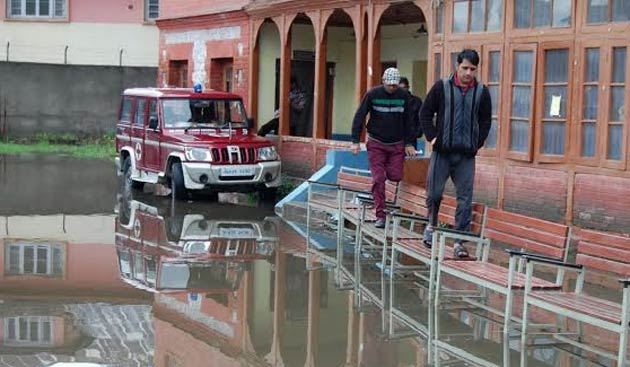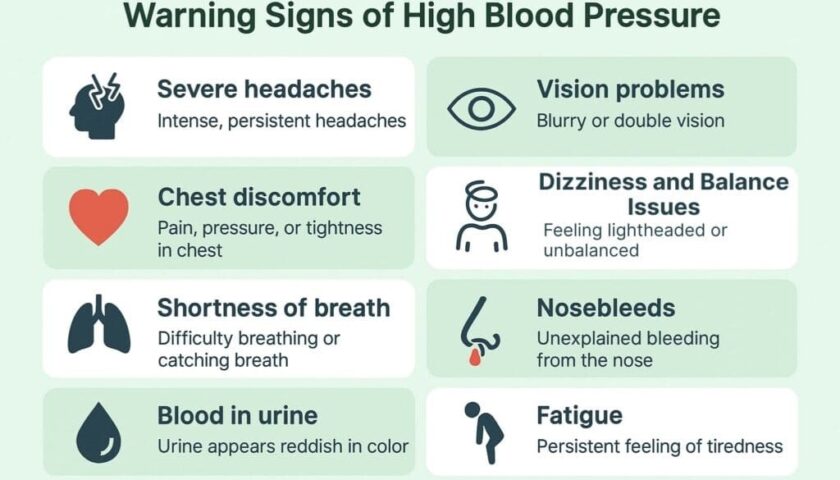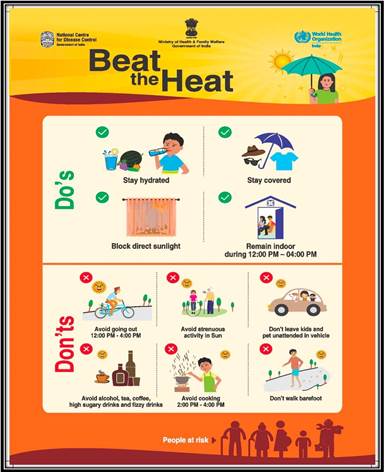The health system in Kashmir, which was crippled by the last year floods, is slowly moving back to normalcy with most of the city-based hospitals managing to restore the vital services.
 Shri Maharaja Hari Singh (SMHS) Hospital, which was one of the worst hit healthcare institutions of Kashmir, incurred losses worth Rs 100 crore in the floods. However, it has made a steady progress in the last 11 months.
Shri Maharaja Hari Singh (SMHS) Hospital, which was one of the worst hit healthcare institutions of Kashmir, incurred losses worth Rs 100 crore in the floods. However, it has made a steady progress in the last 11 months.
“The hospital was the worst hit. It was a struggle to make it functional, but we have been able to put it back on track. Today, all the floors of the hospital are functional and most of the labs are catering to the needs of patients from different parts of Kashmir,” said SMHS Superintendent Dr Nazir Ahmad Choudhary.
The key departments at the hospital, including nephrology, radiotherapy, MRI machinery, blood bank, neurology, echocardiography, plasmapheresis, were restored after five months of the deluge.
Recently, the hospital also revived its CT scan, ultrasound and MRI (Magnetic Resonance Imaging) sections. Two MRI machines, which were set up on the first floor of the hospital, have been replaced, a hospital official.
The hospital lost all its machinery and infrastructure that was placed on the ground floor, which remained under 15 feet water. The hospital had also lost its modern gadgetry in the radiotherapy wing.Initially, the Centre had provided Rs 175 crore for immediate renovation of six major hospitals across the state.
The 850-bed hospital at Karan Nagar is the major tertiary care health institution in the Valley after the Sheri Kashmir Institute of Medical Sciences. It caters to the needs of patients from all the 22 districts of the state.
GB Pant Hospital
GB Pant hospital at Sonwar is the only childcare health institution in Kashmir. Though the hospital is functional, the ground floor of the institute is yet to be restored.
After the flood had severely damaged the ground floor of the hospital, the authorities shifted diagnostic and emergency facilities to three pediatric wards on the first floor which reduced the intake capacity of the set-up.
Hospital officials, however, said the ground floor, which remained submerged for more than 20 days, would be restored this week.
“Slowly but surely the hospital has been able to recover from the floods. Being one of the worst hit health institutes, the administration has taken all possible steps to restore it. The ground floor of the hospital will also be made functional from September 7,” said Dr Shafaqat Khan, Superintendent of the hospital.
The hospital caters to the needs of nearly 20 lakh children in Kashmir. As against actual capacity of 130 beds for pediatric care, only 92 beds are available in the hospital at present.
After the floods damaged the ground floor of the hospital, the authorities decided to shift blood bank, laboratory, X-ray room to the first floor. The radiology facilities have also been shifted from the ground floor to the upper floor, thus restricting the intake capacity of the hospital.
In 2010, two years after more than 500 children, including newborns, died at the hospital, the government had formed a proposal to construct a full-fledged children hospital, but the plan, till date, exists only on papers.
The hospital caters to 800 to 1,000 patients in its OPD every day. Of these, 70 to 80 patients are admitted to the hospital. The hospital also receives around 100 newborns with different complications every day, an official said.
Lal Ded Hospital
Being the lone maternity facility in Kashmir, doctors at Lal Ded Hospital were forced to perform operations under candle light as they remained stuck in the institute for three days during floods.
After flood waters receded, the hospital management had no option but to make all out efforts to restore the set up to cater to the ever increasing rush of patients.
“As hospital is the major maternity home in Kashmir, we had no option but to restore it fully with all possible efforts. The hospital is fully functional, we started work in the month of September (2014) itself,” said Medical Superintendent Dr Mushtaq Ahmad Rather.
The hospital administration was alerted well in time, which helped them save most of the machinery.”We had shifted some major equipment to upper floors which helped in early restoration, but there is always room for improvement,” Dr Rather said.
Every day, the hospital admits nearly 100 patients from different parts of Kashmir.






